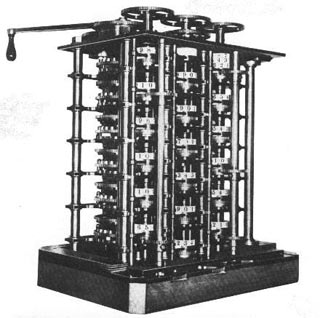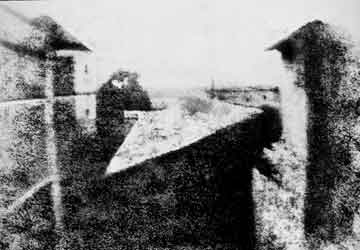Charles Babbage & The Difference Engine
Year: 1822
 In 1822, Charles Babbage proposed the use of such a machine in a paper to the Royal Astronomical Society on 14 June entitled "Note on the application of machinery to the computation of astronomical and mathematical tables".[4] This machine used the decimal number system and was powered by cranking a handle. The British government initially financed the project, but withdrew funding when it became apparent that the machine would cost much more than originally anticipated. Babbage went on to design his much more general analytical engine but later produced an improved difference engine design (his "Difference Engine No. 2") between 1847 and 1849. Inspired by Babbage's difference engine plans, Per Georg Scheutz built several Difference Engines from 1855 onwards; one was sold to the British government in 1859. Martin Wiberg improved Scheutz's construction but used his device only for producing and publishing printed logarithmic tables.
In 1822, Charles Babbage proposed the use of such a machine in a paper to the Royal Astronomical Society on 14 June entitled "Note on the application of machinery to the computation of astronomical and mathematical tables".[4] This machine used the decimal number system and was powered by cranking a handle. The British government initially financed the project, but withdrew funding when it became apparent that the machine would cost much more than originally anticipated. Babbage went on to design his much more general analytical engine but later produced an improved difference engine design (his "Difference Engine No. 2") between 1847 and 1849. Inspired by Babbage's difference engine plans, Per Georg Scheutz built several Difference Engines from 1855 onwards; one was sold to the British government in 1859. Martin Wiberg improved Scheutz's construction but used his device only for producing and publishing printed logarithmic tables.
Charles Babbage, FRS (26 December 1791 - 18 October 1871)[2] was an English mathematician, philosopher, inventor, and mechanical engineer who originated the concept of a programmable computer.[3] Considered a "father of the computer",[4] Babbage is credited with inventing the first mechanical computer that eventually led to more complex designs. [5] Parts of his uncompleted mechanisms are on display in the London Science Museum. In 1991, a perfectly functioning difference engine was constructed from Babbage's original plans. Built to tolerances achievable in the 19th century, the success of the finished engine indicated that Babbage's machine would have worked. Nine years later, the Science Museum completed the printer Babbage had designed for the difference engine, an astonishingly complex device for the 19th century.
Nicephore Niepce takes the first photograph
Year: 1826
 Nicephore Niepce was a French inventor most noted as one of the inventors of photography and a pioneer in the field. He is most noted for producing the world's first known photograph in 1825. Among Niepce's other inventions was the Pyreolophore, the world's first "internal combustion engine", which he conceived, created, and developed with his older brother Claude, finally receiving a patent on July 20, 1807 from the Emperor Napoleon Bonaparte, after successfully powering a boat upstream on the river Saone.
Nicephore Niepce was a French inventor most noted as one of the inventors of photography and a pioneer in the field. He is most noted for producing the world's first known photograph in 1825. Among Niepce's other inventions was the Pyreolophore, the world's first "internal combustion engine", which he conceived, created, and developed with his older brother Claude, finally receiving a patent on July 20, 1807 from the Emperor Napoleon Bonaparte, after successfully powering a boat upstream on the river Saone.